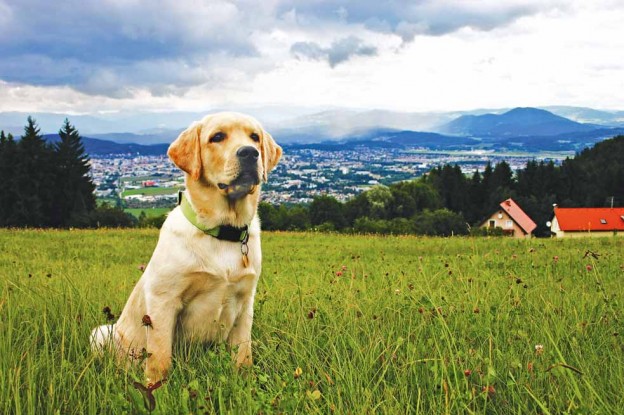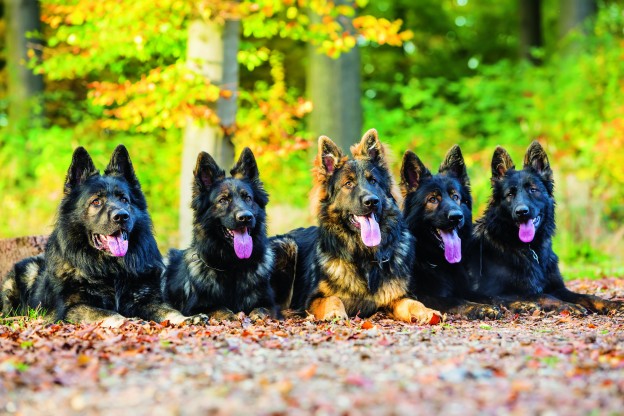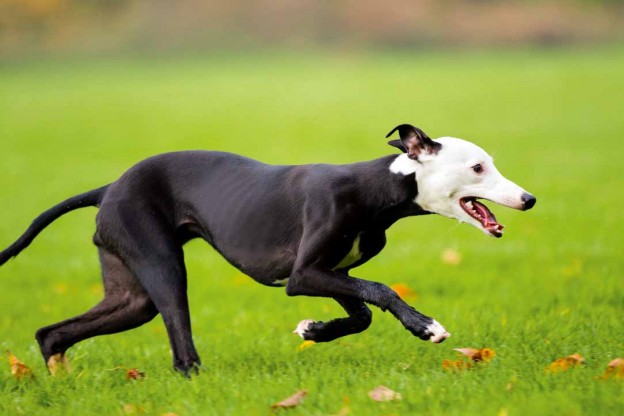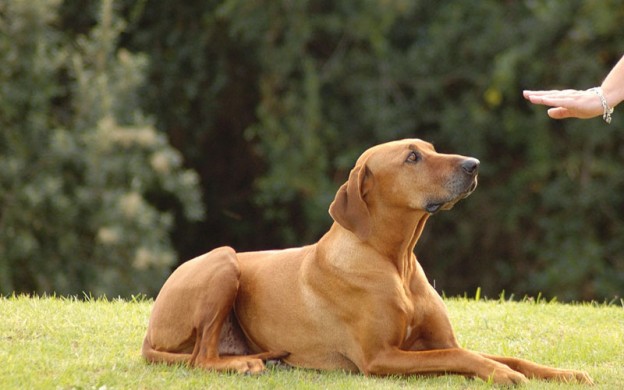
Think you can’t teach your old dog new tricks? Think again. As Tim Falk discovers, age is no barrier to learning for our senior canine companions.
You can’t teach an old dog new tricks. It’s a cliché we’ve all heard plenty of times before, but is there any truth to it? Happily, for our canine friends, the answer is an emphatic no.
“This old saying is not true at all and has even been scientifically disproven,” says Katie Catherwood from Heads and Tails Pet Care Services. “Dogs can learn new tricks at any age. In fact, it is very beneficial to keep teaching them new things as they get older. It is just important to bear in mind that the same patience, consistency and reward is required when training your older dog as it is when working with a puppy.”
Chiara Perri from Point Cook Dog Training says that just because a dog is going grey and slowing down a bit, it doesn’t mean he or she has lost their capacity to learn. “You can train a dog right up to old age,” she says. “As long as the dog still wants to interact with you and has the ability to see, hear or smell you, then training can still be part of your routine. In fact, I have often had 10-year-old dogs coming to classes just to learn something new. It may take a little longer to learn and it may require a bit more motivating, but they can certainly still learn.”
Top tricks
So, what are some good tricks to teach an older dog? Alisa Sannikova, animal behaviour scientist from Sydney dog walking and training service Perfect Dog shares her favourites:
- Crawl: “Encourage your dog to follow a treat under a very low stool or your leg while you sit down, so that your dog does a short crawl. Next, see if she’ll follow your hand without the treat in it and start saying the word ‘crawl’ at the same time as the behaviour is happening. Once your dog is confidently doing it, start slowly raising the prop and removing it,” she says.
- Spin around: “Hold a treat in front of her and then move it slowly in a circle so that she follows it. It’s a very easy trick to transition to just drawing a circle in the air with your finger above her body. A great idea to prevent your dog getting dizzy is to teach it twice: ‘spin’ in one direction and then ‘twist’ in the other.” From this point on, the sky really is the limit. Just make sure that your dog is physically capable of doing what you ask and that you remember to stay patient and reward your pooch for doing the right thing.
Woops! Did you want the whole article? You should have purchased DOGS Life issue #139. But don’t worry, you can still get your paws on a copy at universalshop.com.au!







